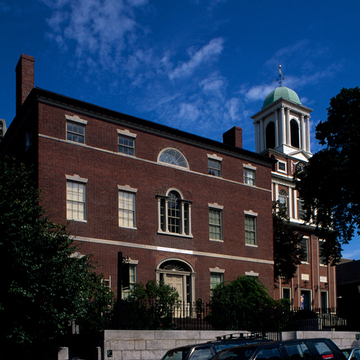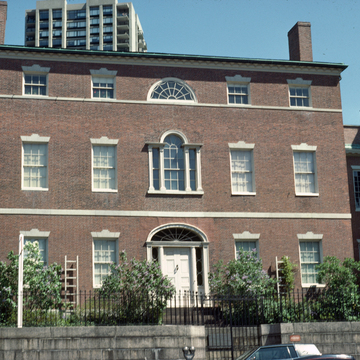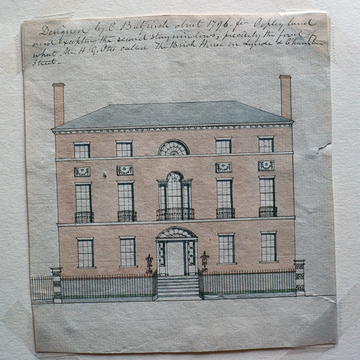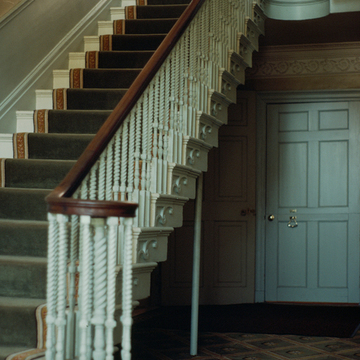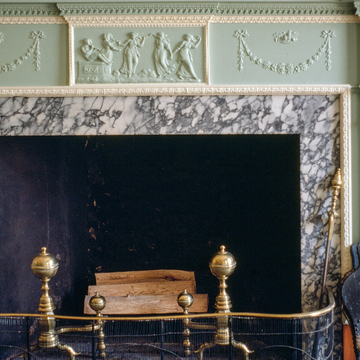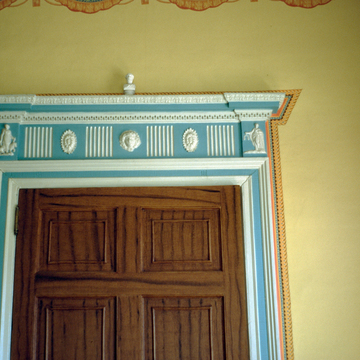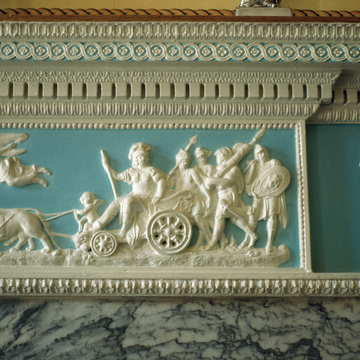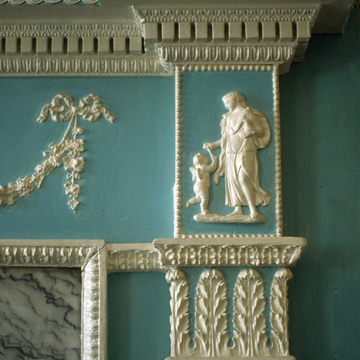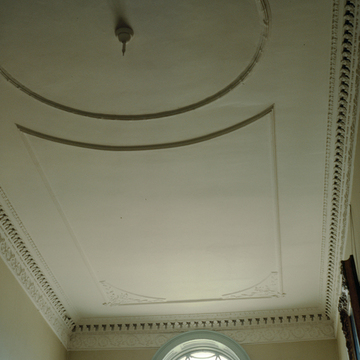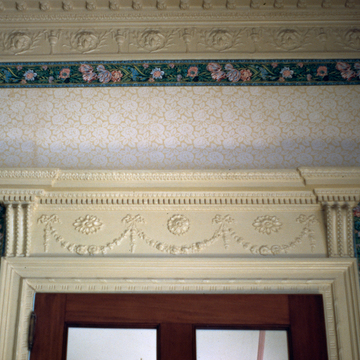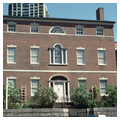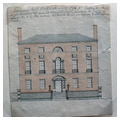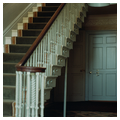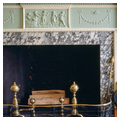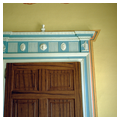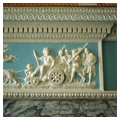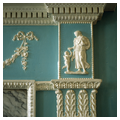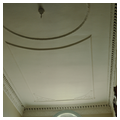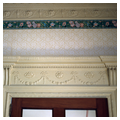The first of three houses that Charles Bulfinch designed within ten years for Harrison Gray Otis, a prominent lawyer and member of Congress, the house has served as the headquarters of Historic New England, Inc. (originally the Society for the Preservation of New England Antiquities) since 1916. A meticulously researched and restored house museum, the building retains many features of the elegant Federal-style architecture preferred by Boston's elite in the opening years of the Republic. The vibrantly colored interiors include one of the earliest second-floor drawing rooms in the area. A crisp brick box punctuated with stone band courses and lintels, the First Harrison Gray Otis House is one of the few freestanding late-eighteenth-century houses remaining in Boston and one of few buildings on the north side of Cambridge Street that escaped demolition when the West End was razed in 1958.
You are here
First Harrison Gray Otis House
If SAH Archipedia has been useful to you, please consider supporting it.
SAH Archipedia tells the story of the United States through its buildings, landscapes, and cities. This freely available resource empowers the public with authoritative knowledge that deepens their understanding and appreciation of the built environment. But the Society of Architectural Historians, which created SAH Archipedia with University of Virginia Press, needs your support to maintain the high-caliber research, writing, photography, cartography, editing, design, and programming that make SAH Archipedia a trusted online resource available to all who value the history of place, heritage tourism, and learning.


